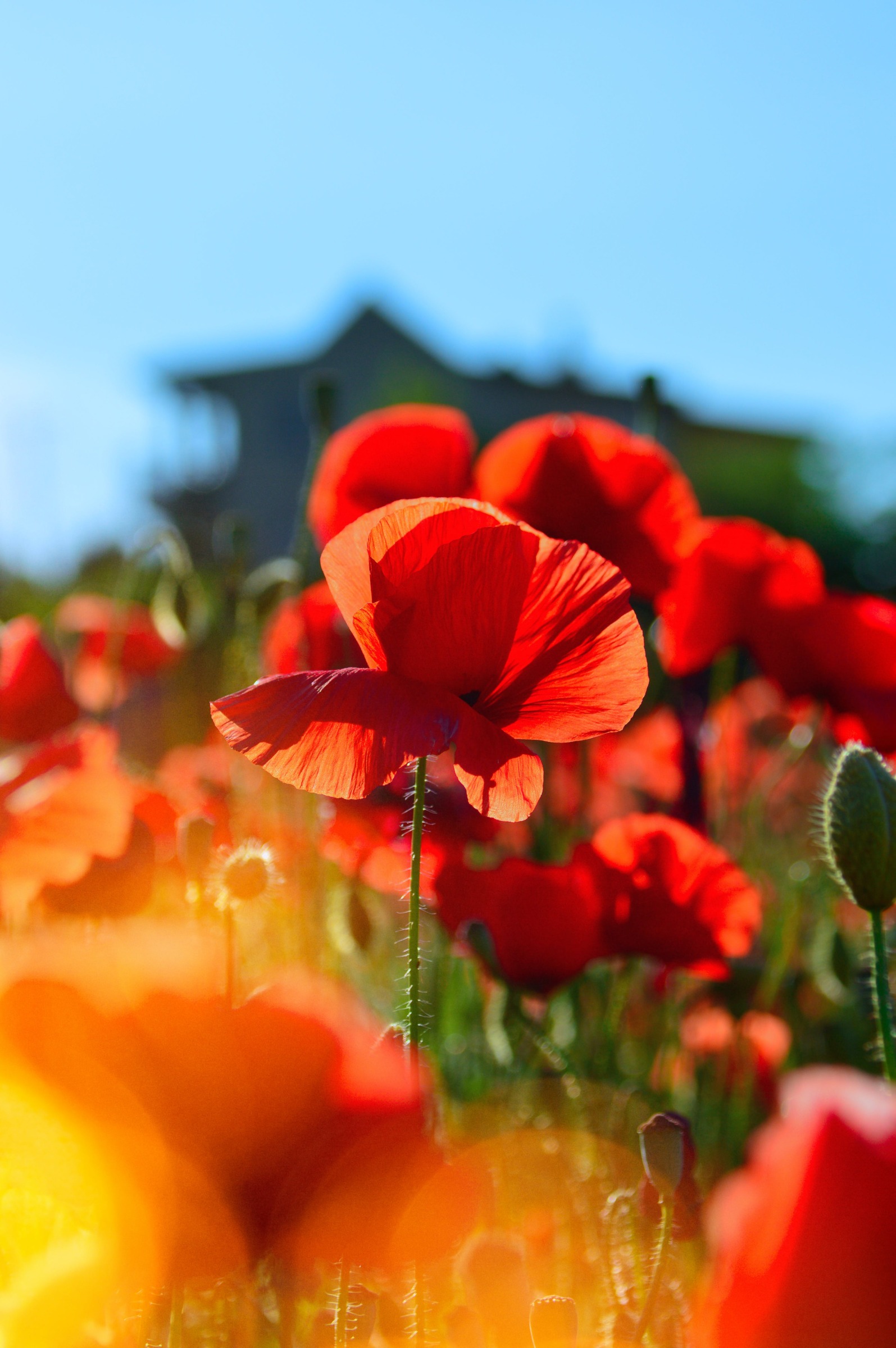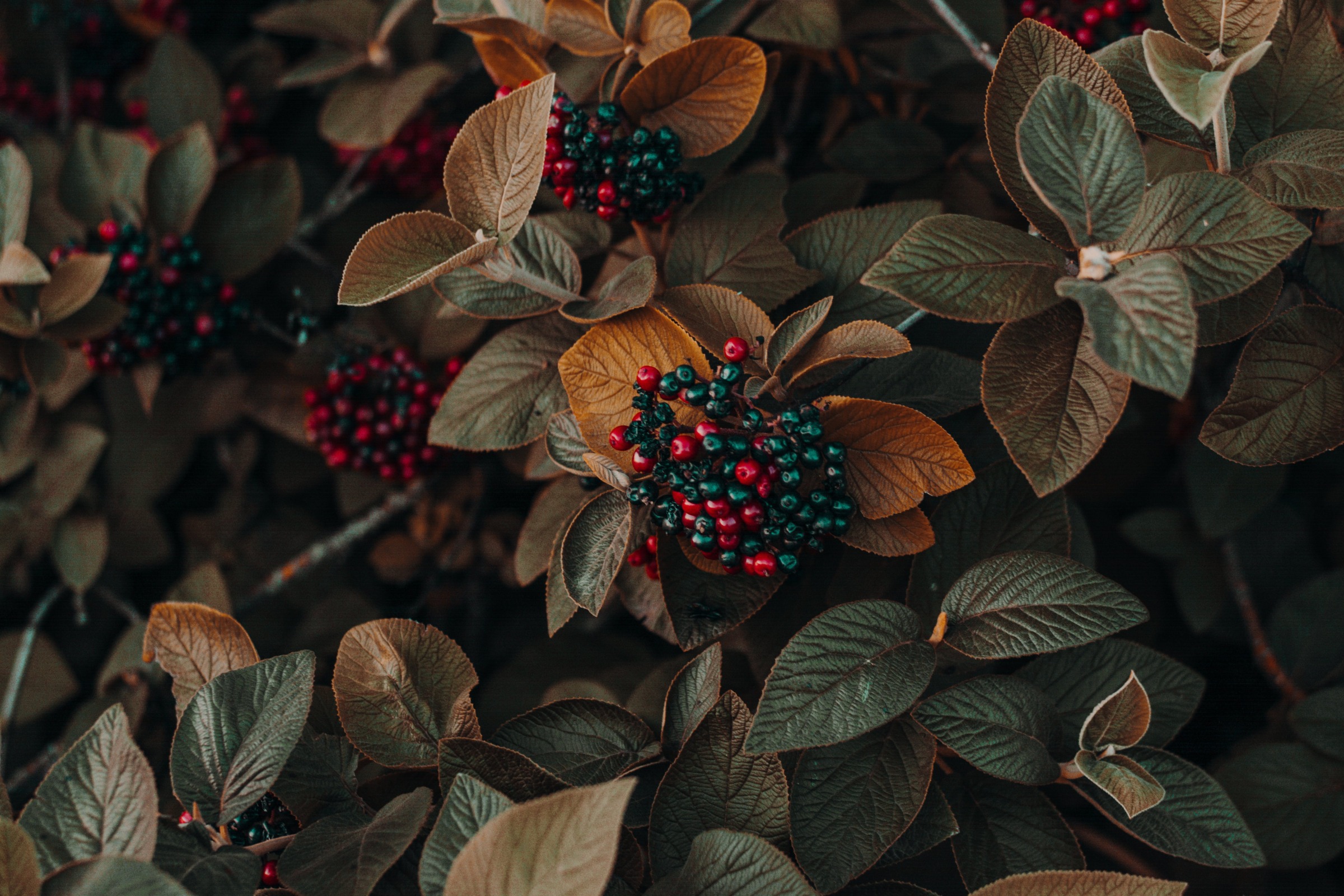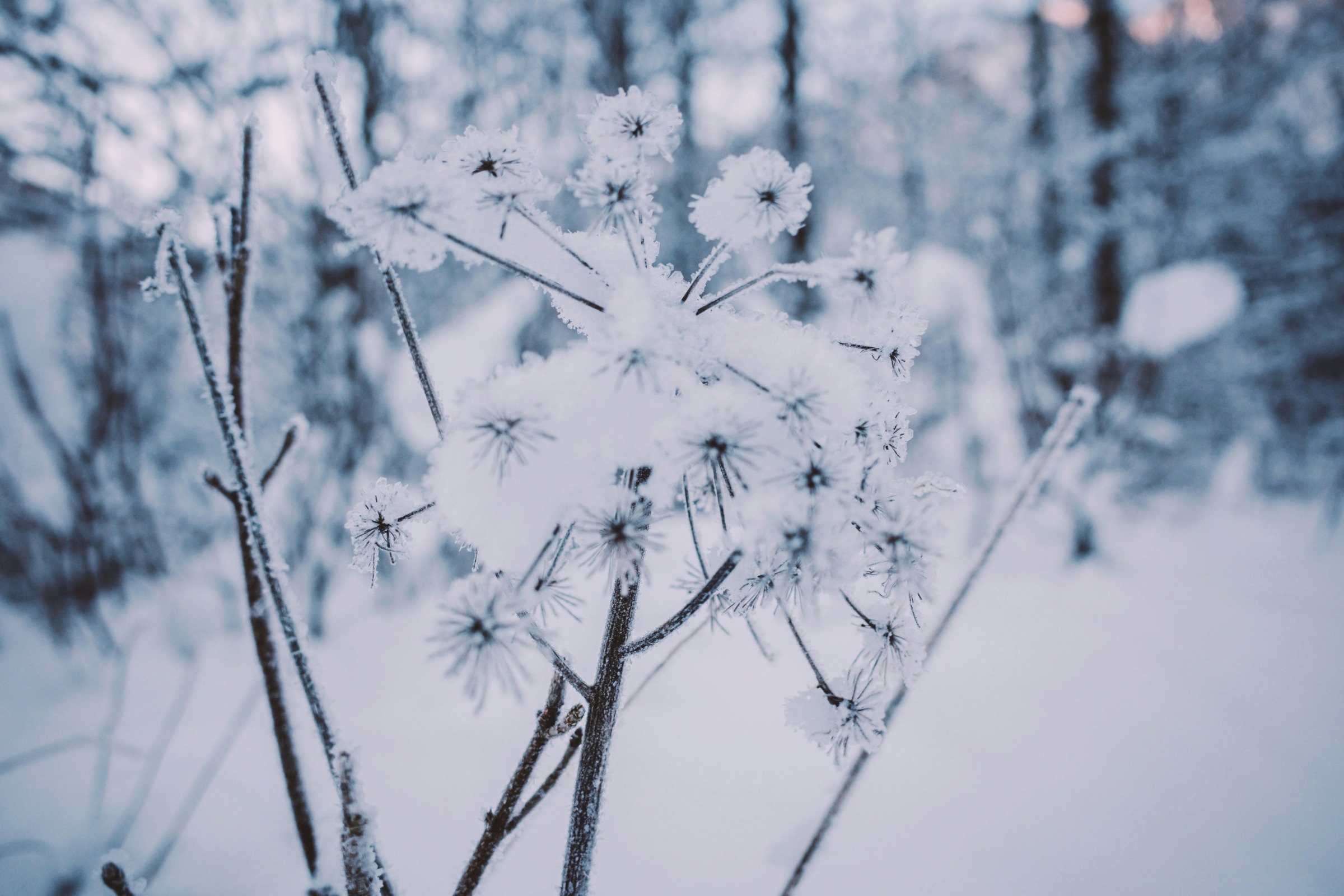The winter aconite flower, or Eranthis hyemalis, is a pretty yellow one that blooms in late winter and often pokes through the snow. The bright flowers on it are a good sign that spring is coming. But this plant that looks harmless has a dark secret: it is very poisonous. But is winter aconite poisonous to touch?.
An Overview of Winter Aconite
Let’s start with some background on this plant Winter aconite is a low-growing perennial that sprouts in late winter. It has cup-shaped yellow flowers surrounded by ruffly green bracts After blooming, it produces green, beaked seed pods.
Winter aconite is native to Europe and Asia, It grows wild in woodlands and meadows The plant was introduced to North America as an ornamental garden plant It naturalizes easily and spreads readily by seed,
All parts of winter aconite contain poisonous alkaloids. Eating any part of the plant can cause burning sensations in the mouth, vomiting, diarrhea, visual disturbances, irregular heartbeat, and even death.
Is Winter Aconite Poisonous to Touch?
So is winter aconite poisonous to touch? The simple answer is no.
Winter aconite is not absorbed through the skin. The alkaloids that make the plant toxic must be ingested to cause poisoning. Simply touching the leaves, stems, flowers or seeds will not make you sick.
However, there are a few precautions to take when handling winter aconite:
-
Do not get plant sap in your eyes or mouth, because the poison can get into those areas.
-
Wash your hands thoroughly after handling winter aconite, especially before eating.
-
Wear gloves when working with large quantities of the plant. This provides an extra layer of protection.
-
Supervise small children and pets around winter aconite to prevent accidental ingestion.
Signs of Winter Aconite Poisoning
While touching winter aconite isn’t dangerous, eating any part of it can kill you. It’s important to recognize the signs of poisoning.
Symptoms generally start 30 minutes to 2 hours after eating winter aconite. They include:
- Burning or numbness of the mouth, lips, and throat
- Excessive drooling
- Nausea and repeated vomiting
- Severe diarrhea
- Dilated pupils
- Blurred vision
- Dizziness
- Low blood pressure
- Irregular or slowed heartbeat
- Breathing difficulty
- Muscle weakness and tremors
- Seizures
- Loss of consciousness
In severe cases, cardiac arrest and death can occur. Seek emergency medical treatment if winter aconite poisoning is suspected. Bring along any remaining plant parts to help identify the toxin.
Why is Winter Aconite Toxic?
Winter aconite contains highly poisonous compounds called cardiac glycosides. These naturally occurring chemicals are found in many plants, including foxglove and lily of the valley.
Heart glycosides work by stopping heart cells from sending and receiving normal electrical signals. This causes the heart to beat irregularly or even stop. As well as making you throw up and have diarrhea, the alkaloids also affect your digestive system.
All species of aconite contain these dangerous compounds. In fact, the name “aconite” comes from the Greek word akoniton meaning “dart poison”.
So why does this toxic plant produce such pretty, enticing flowers? The prevailing theory is that the bright colors attract pollinators like bees, which helps the plant reproduce. The toxins may also discourage animals from eating the plant.
Growing Winter Aconite Safely
While extremely poisonous, winter aconite can be grown safely with some common sense precautions:
-
Plant it away from areas where children play and pets roam. A location like under a deck or ornamental tree works well.
-
Label winter aconite with a warning sign about its toxicity.
-
Wear gloves when handling the plant and wash up afterwards.
-
Supervise small kids when the flowers are in bloom. Teach them to appreciate but not touch.
-
Dispose of all plant parts in household trash after flowering. Composting may allow seeds to spread.
-
Be aware that winter aconite self-seeds readily. Remove unwanted sprouts.
If planted responsibly, the vibrant winter cheer of winter aconite can be enjoyed without risk. Just take precautions and never let any part of this highly toxic plant near your mouth.
Alternative Non-Toxic Winter Flowers
If you decide that winter aconite sounds too risky for your yard, there are many safer options to provide winter color. Here are a few non-poisonous alternatives:
-
Crocus – These early blooming bulbs come in vivid colors like purple, yellow, and white. They are easy to grow and completely non-toxic.
-
Snowdrops – Sweet little white blooms on short stalks. Snowdrops naturalize nicely to provide a sea of white.
-
Winter hazel – Grown for its fuzzy yellow catkins that appear in late winter before the leaves emerge.
-
Witch hazel – Feathery spider-like yellow or reddish flowers adorn bare branches in winter.
-
Heath – Evergreen shrubs that produce buds and blooms during the winter months.
-
Winter honeysuckle – An excellent substitute for winter aconite with similar bright yellow flowers. But completely safe for kids and pets.
Ask Your Gardening Question
If you’re unable to find the information you need, please submit your gardening question here:
Latest from Wisconsin Yard & Garden




Dr Joe Schwarcz talks about the poison aconite
0
